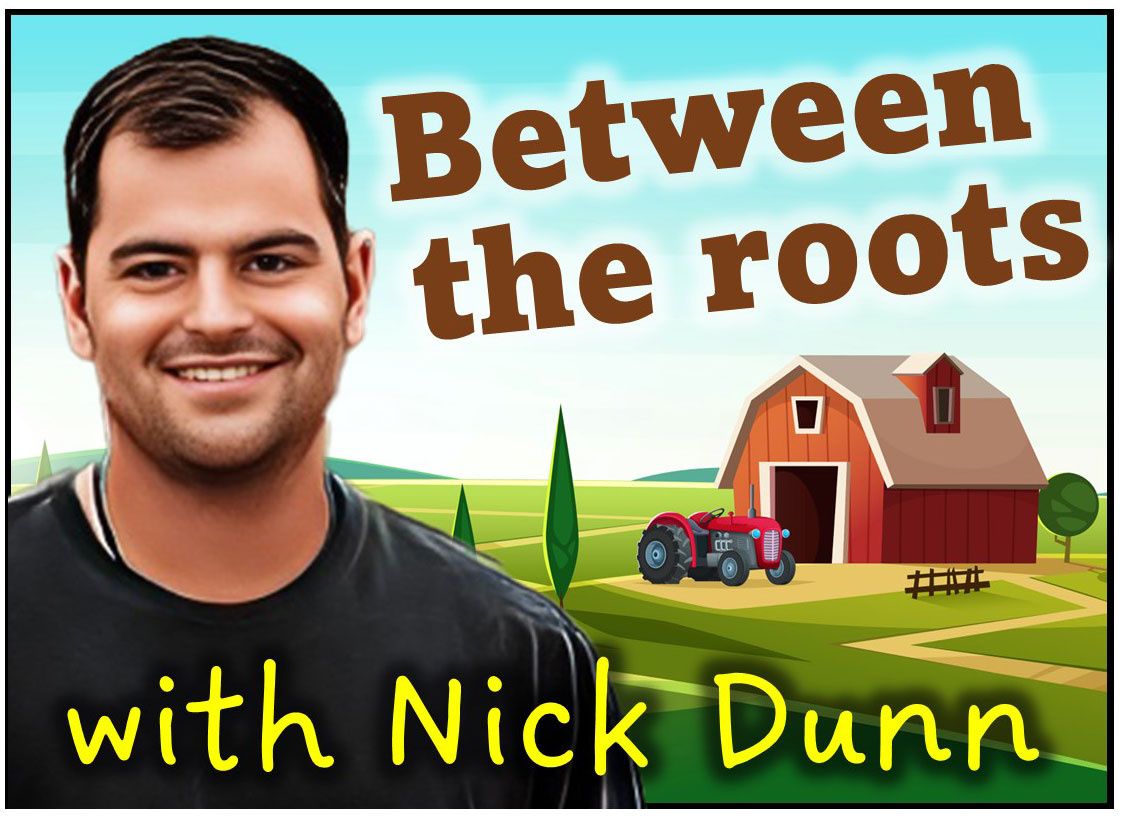
By Nick Dunn
Now that harvest 2023 is behind us, it’s time to start planning for the next growing season. For some, that means servicing equipment and placing it back in the shed, and for others, it means bringing machinery out of the shed to go back to work. This year came with many challenges but the opportunity to do some fall work was not one of them. Finishing harvest ahead of our average coupled with an extended fall has allowed producers to get a head start on the upcoming season.
Fall can be a great time to apply fertilizer on next year’s crop. It all starts with a soil test that can be done by yourself or contracted out through agronomists and local retailers. The information gathered through the soil tests can help you make informed decisions with your fertility plan. The first step is to set a realistic yield goal and figure out what nutritional values you will need to reach that yield goal based on uptake. Yes, there are many variables to make a yield goal but one of them we can control is our inputs. You are more likely to reach your yield goal by giving your crop the best opportunity nutritionally than banking solely on a good growing season, although they go hand in hand. The final part of that equation is to know how much you have, and that comes from soil testing and analyzing data gathered from previous growing seasons. What you need – What you got = What you apply. Soil sampling is only as good as the one who samples it. The soil sample needs to represent the whole field to be a good representation. It doesn’t necessarily matter on the sampling method if it be benchmarked or average sample. It needs to be taken from certain areas in the field with consistent depths. Stay away from the low and high spots as it could throw the sample off. For a better picture sample as far down as 24”. Today, software and technology has made this process much easier and can integrate variable rates into the farming machinery based on data, which of course comes at an extra cost.
Applying fertilizer in the spring can often affect producers’ bottom line as fertilizer prices typically go down in fall due to lower demand. Not only can it lower producers’ expenses but can also give them a head start in the upcoming year. When applying fertilizer in the fall, producers need to be aware of the loss risks that are associated with fall fertilization. Nitrogen especially is susceptible to many forms of losses including volatilization, which occurs when nitrogen in the form of ammonia is lost to the atmosphere, typically in dry conditions. Denitrification is when warm saturated soil bacteria convert nitrate nitrogen into gaseous forms. Leaching occurs when excessive water carries nitrogen down past the root zone leaving it plant inaccessible. Losses are also incurred through soil erosion, whether it be through wind or water. Applying the fertilizer in a tight band reduces a lot of these losses but does not eliminate the risk. It is recommended fall fertilizer application be done when soil temperatures reach 5˚ C or less, but before freeze-up. There are products on the market to help mitigate losses with dry fertilizer such as Environmentally Smart Nitrogen (ESN). ESN has a biodegradable polymer coating the nitrogen prill that enables the nitrogen to be slowly released over approximately 45 days. Applying phosphate, potassium, and sulphur in the fall is less sensitive compared to nitrogen. You can combine them without worrying too much about losses. While sulfur can leach with excessive water, phosphate and potassium will remain in place as they are rather immobile within our soils. Some producers will apply sulphur fines on their upcoming canola ground in the fall to keep it out of the drill in spring as it may increase chances of plugging when paired with high humidity and nitrogen. Sulphur fines are also cheaper than sulphur prills.
Regardless of whether you apply fertilizer in the fall or not, it is still a good opportunity to test your soil and start planning for the upcoming season. Soil testing coupled with realistic yield goals will set the foundation of your fertility plans and depending on the markets, it could possibly save you money compared to the high-demanding spring.
Nick Dunn is Flagstaff County’s Agricultural Fieldman. He can be reached via email at: ndunn@flagstaff.ab.ca or by phone at: 780-384-4138.